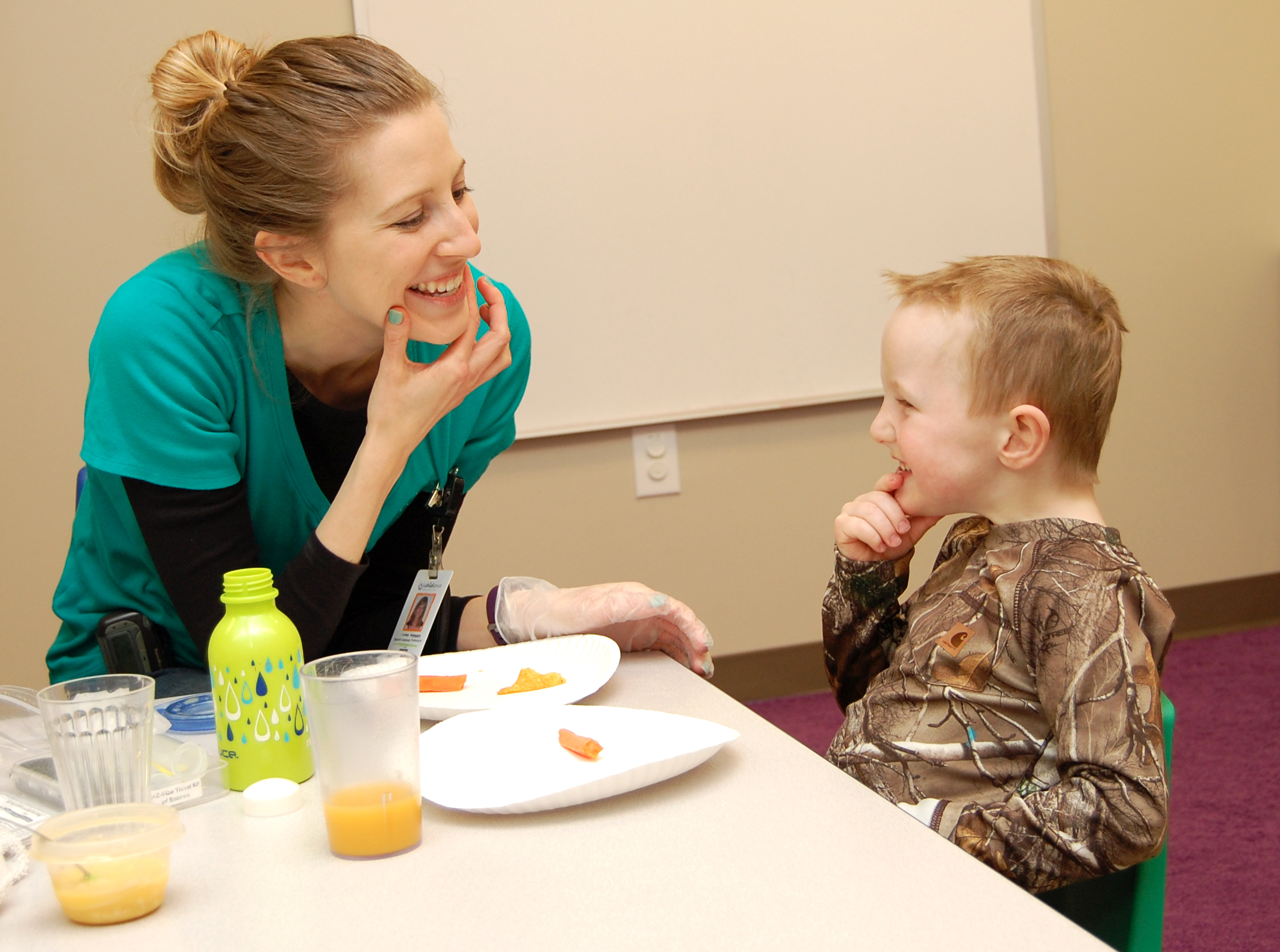
When people get together for a meal the food on the table often takes the spotlight. But there is actually much more to mealtime than what we eat, especially for growing kids!
There are 21 opportunities each week for families to sit down together and eat, but research shows that the average family only eats together one to two times a week. Only 25% of families eat seven or more meals together during the week. As a mother of three, I understand how life can get very busy. I feel rushed to get food on the table and eat before heading off to the next activity.
The benefits of eating together don’t come from having a perfect three-course meal – it’s about sitting down with your family and having conversations. It’s about letting your children know they are important to you by listening to them and asking questions about their lives.
The time spent together each meal adds up to a lifetime of benefits. Research shows that children who frequently eat meals with their parents and siblings:
- have better grades
- are less likely to join in high-risk behaviors
- have increased positive body image
- have healthier family relationships overall
Social and Communication Benefits:
Family meals provide the framework for conversations, which create opportunities for kids to practice telling and listening to narratives, develop sequencing skills by re-telling events that occurred during their days, ask and answer questions, and improve basic social skills like taking turns and making eye contact.
Positive Relationships with Food:
Eating meals together is not only excellent for speech and language development, but it is essential for helping children develop positive relationships with food and learn how to eat mechanically. Children observe everything their parents do, including how they react to different foods, chew their food, and swallow it. Many parents are worried about their children not eating fruits or vegetables, but they never model eating those foods in a positive manner. Your non-verbal body language toward foods (positive or negative) has a significant impact on how your children perceive food.
Even Babies Benefit:
Young children learn how to take bites of food, move it to the side with their tongues, chew, and swallow it through positive models and interactions with their parents. Even babies can benefit from being at the table with you. They observe what is happening around them before they are old enough to safely consume purees or table food.

G-tube Feedings and Sensory Concerns
Some children may not be able to eat dinner with their family in a typical way due to oral motor or sensory deficits – but there are still benefits to be found in sharing a meal in an adapted way. If a child is g-tube fed, consider having them sit at the table during one of their feedings so they can enjoy the social aspect of family meals. If a child has severe sensory concerns in regards to feeding, it might not be possible for them to sit at the table while people are eating. If this is the case for your child, feeding therapy may be a helpful option to consider where you can receive support from a therapist in regard to this topic.
Challenge: Eat Together More Often!
My challenge for you is simple: Try to find more time to sit down with your family and eat meals together with no distractions. I think you will be surprised by the positive impact that it will have – not only in your children’s lives but in your own.
About
ChildServe improves the health and well-being of nearly 5,800 children each year through specialized clinical, home, and community-based programs and services. We serve children with developmental delays, disabilities, injuries, and other special healthcare needs.
Follow Us
Contact Us
Johnston | 515-727-8750
Ames | 515-232-7220
Des Moines | 515-280-5332
Iowa City | 319-351-5437
Cedar Rapids | 319-777-7450
Links
